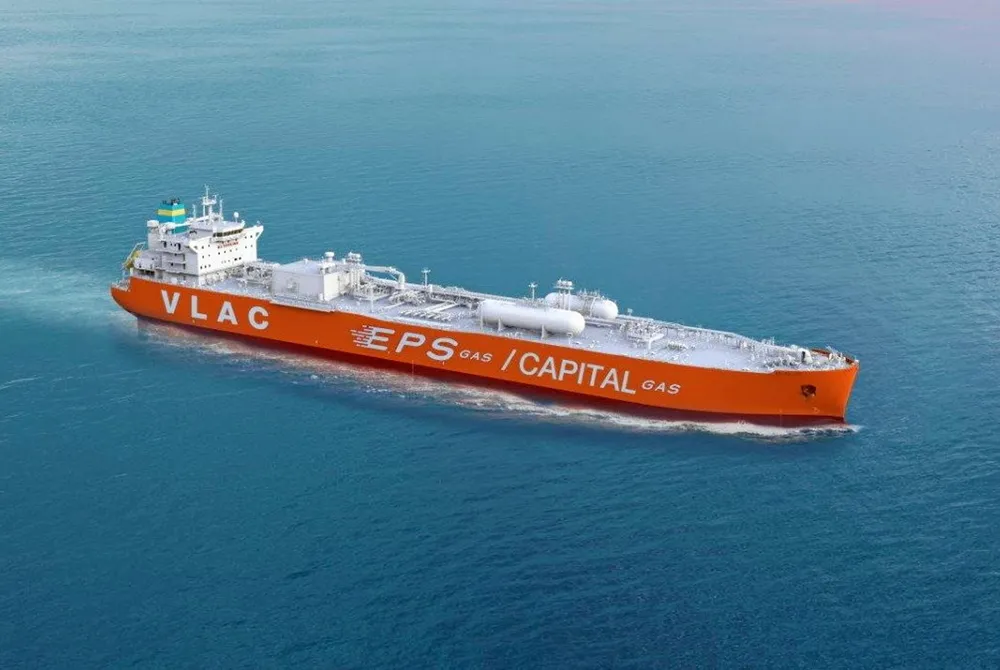Hydrogen export | ‘Big wave’ of orders for huge ammonia tankers underway — but will any of them ever carry NH3?
Shipyards inundated with commissions for Very Large Ammonia Carriers (VLACs)

Shipyards inundated with commissions for Very Large Ammonia Carriers (VLACs)
